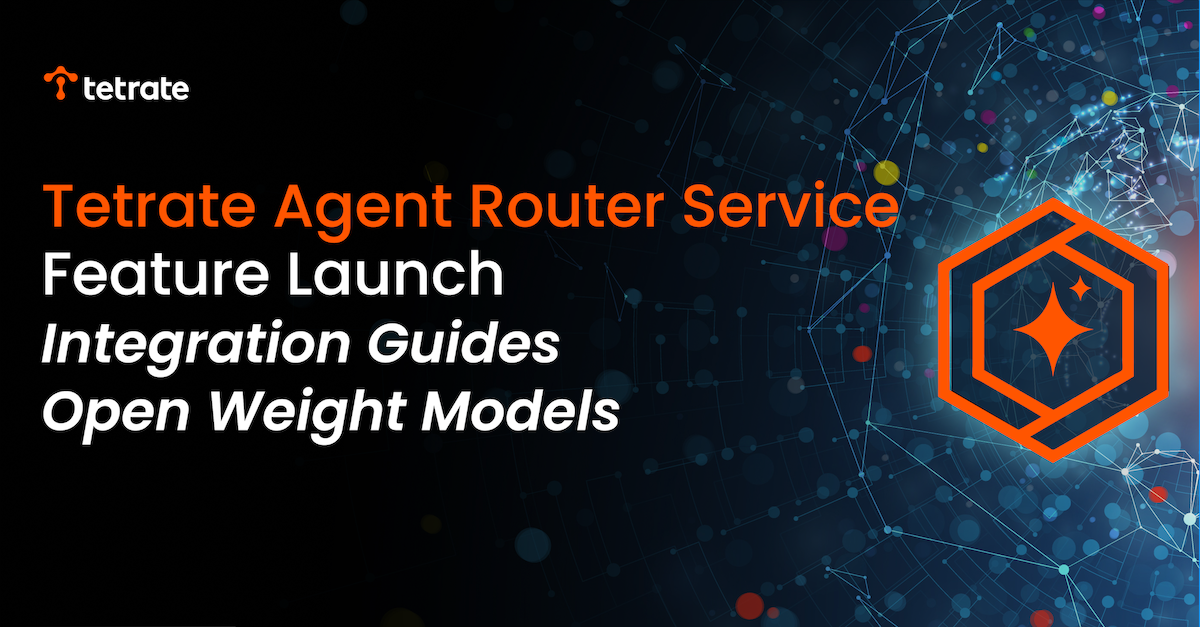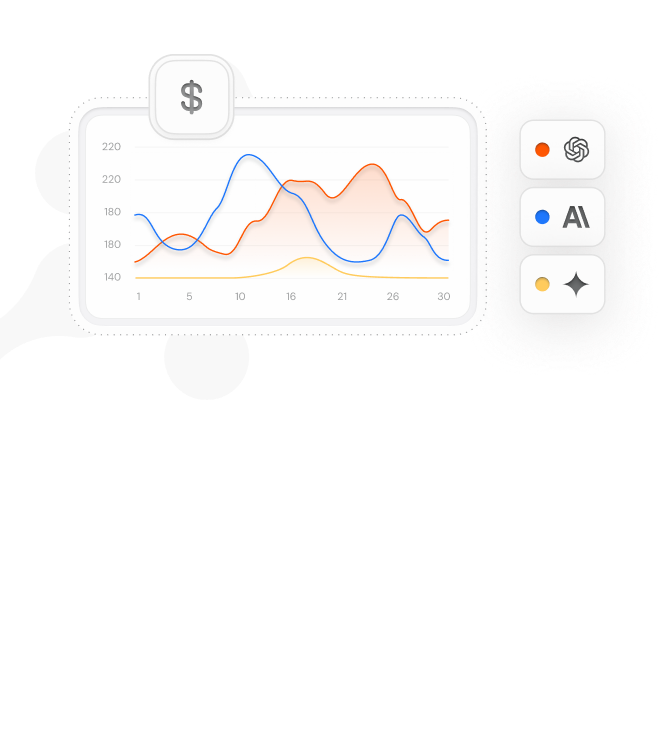
Safer, Faster
and Profitable AI
Trusted Connectivity for AI Operations
From the Driving Force Behind Envoy

Trusted Connectivity for AI Operations
From the Driving Force Behind Envoy

Block's open-source AI agent Goose now features Tetrate Agent Router Service as its recommended integrated model provider, offering users $10 in free credits and instant access to multiple AI models through a streamlined onboarding experience.

This week's Tetrate Agent Router Service update brings in-app integration guides for popular AI tools and adds support for Grok, Groq, and DeepInfra providers, expanding access to xAI and open weight models.

Tetrate has formally contributed to the development of an open AI governance framework, focused on safe, secure, and compliant AI adoption. The initiative helps enterprises align with NIST, OWASP, and global AI policy standards.

Get full visibility into costs, find savings, and automatically use the most efficient model for any task.
Learn more
Proactively identify and remediate risks aligned to NIST, FINOS, OWASP standards.
Learn more
Unified API that simplifies development, eliminates provider lock-in, and intelligently balances traffic to test model responses and ensure zero downtime.
Learn more


